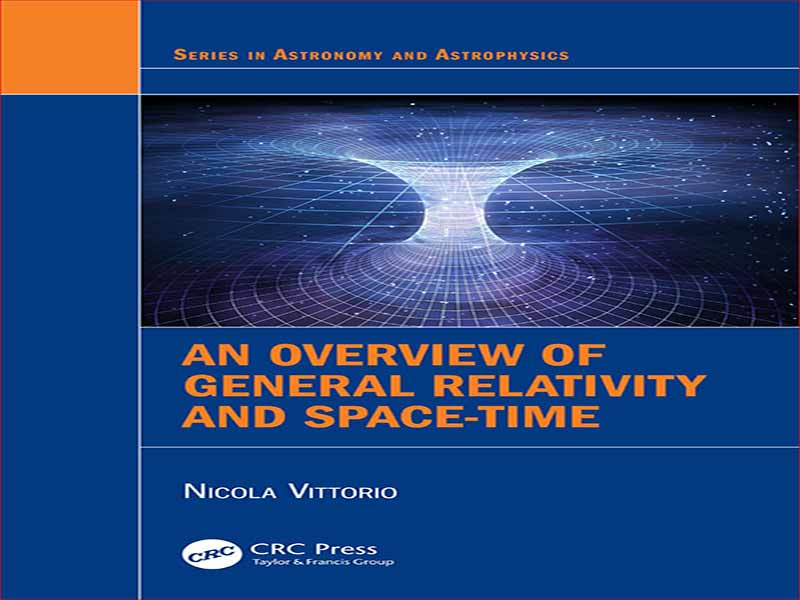از زمانی که برادران رایت اولین پرواز هوایی موفق خود را انجام دادند، توسعه مداوم فناوری در کاربردهای هوانوردی و فضایی ادامه داشته است و در نتیجه شاهد مراحل مختلفی از توسعه مانند موتورهای توربین گازی با پیکربندی های مختلف، موتورهای موشکی و … موتورهای تنفس هوا نیازی به گفتن نیست که نسبت قدرت به وزن یک پارامتر طراحی حیاتی است و بر عملکرد وسایل حمل و نقل هوایی تأثیر می گذارد. میل به پرواز مافوق صوت برای دههها مهندسان را برانگیخته است تا خواستههای حمل و نقل با سرعت بالا و دسترسی اقتصادی به فضا را برآورده کنند [1-6]. برای برآوردن این نیازها و جاه طلبی ها، پیشرفت های قابل توجهی در فناوری نیروی محرکه مورد نیاز است. مشاهده شده است که موتورهای هواپیمای توربین گازی می توانند به سرعت محدود به محدوده زیر صوت دست یابند. فناوری راکت پیشرانه به عنوان راه حلی برای پروازهای برد مافوق صوت ظاهر شده است، اما ایمنی و ضربه خاص کم پاشنه آشیل این نوآوری است. موفقیت بزرگ زمانی به دست می آید که مفهوم رمجت تکامل یافته و منجر به حذف کمپرسورها و توربین ها شود. نقش این واحدهای مکانیکی با خطوط هندسی ساخته شده استراتژیک بدنه رمجت که به عنوان پخش کننده و گسترش دهنده عمل می کند، جایگزین شده است. از طریق این تغییرات، رم جت می تواند به دلیل کاهش وزن وارد محدوده عملیاتی مافوق صوت شود. در حین کارکرد رام جت در حالی که به سرعت مافوق صوت رسیده است، جریان هوای هجوم به محفظه احتراق با هدف دستیابی به حالت ترمودینامیکی مطلوب و مناطق چرخش مطلوب که برای تسریع فرآیند احتراق مساعد است، به تاخیر می افتد. با این حال، مطالعات از کاهش سرعت جریان هوای داخلی کمتر از عدد 7 ماخ به منظور کاهش تلفات انرژی که با افزایش شدت تاخیر رخ میدهد، حمایت میکنند، و این به نوبه خود، انگیزهای برای اصطکاک پسکشی پوست و سطح مرتبط خواهد بود. مشکل گرمایش
Ever since the Wright brothers made their successful maiden air flight, continuous technological development has been ongoing in aviation and space applications, and, as a result, we have witnessed various stages of development such as gas turbine engines with different configurations, rocket engines, and air-breathing engines. Needless to say, the power-to-weight ratio is a crucial design parameter and affects the performance of air transportation vehicles. The desire for a hypersonic flight has motivated engineers for decades to satisfy the demands for high-speed transport and economical access to space [1–6]. In order to meet these needs and ambitions, significant advancements in propulsion technology are required. It is observed that gas turbine-driven aircraft engines could achieve a speed limited to a subsonic range. Rocket propulsion technology has emerged as a solution to hypersonic range flights, but safety and low specific impulse is the Achilles heel of this innovation. Great success is achieved when the concept of a ramjet evolved, leading to the elimination of compressors and turbines. These mechanical units’ role has been replaced by the strategically constructed geometrical contour of a ramjet’s body that acts as a diffuser and an expander. Through these modifications, the ramjet could enter into a hypersonic operating range owing to reduced weight. During the operation of the ramjet while it has attained supersonic speed, the airflow rushing into the combustor is retarded with the objective to achieve the desired thermodynamic state and favourable recirculation zones conducive for accelerating the combustion process. However, studies advocate not reducing the speed of the internal airflow below Mach number 7 in order to reduce energy losses that would take place as the intensity of retardation increases, and, this, in turn, will give impetus to skin drag friction and associated surface heating problem.
این کتاب را میتوانید بصورت رایگان از لینک زیر دانلود نمایید.




































نظرات کاربران